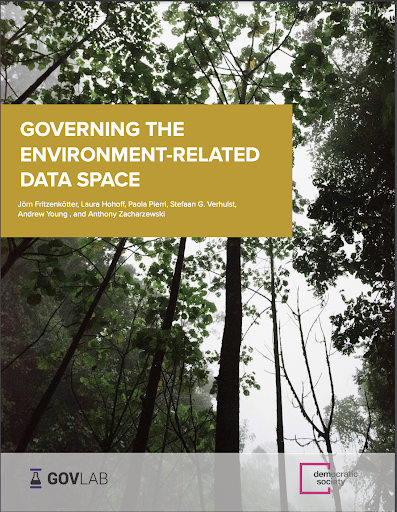Article by Molly Gahagen: “Having credible and accessible data is essential for various sectors of society to function. In the recent report, “Toward a 21st Century National Data Infrastructure: Mobilizing Information for the Common Good,” by the Committee on National Statistics (CNSTAT) of the National Academies of Sciences, Engineering, and Medicine, the importance of national data infrastructure is emphasized…
Emphasizing the need for reliable statistics for national, state and local government officials, as well as businesses and citizens, the report cites the need for a modern national data infrastructure incorporating data from multiple federal agencies. Initial recommendations and potential outcomes of such a system are contained in the report.
Recommendations include practices to incorporate data from many sources, safeguard privacy, freely share statistics with the public, ensure transparency and create a modern system that would allow for easy access and enhanced security.
Potential outcomes of this infrastructure highlighted by the authors of the report include increased evidence-based policymaking on several levels of government, uniform regulations for data reporting and users accessing the data and increased security. The report describes how this would tie into increased initiatives to promote research and evidence-based policymaking, including through the passing of the Evidence-Based Policymaking Act of 2018 in Congress.
CNSTAT’s future reports seek to address blending multiple data sources, data equity, technology and tools, among other topics…(More)”.

